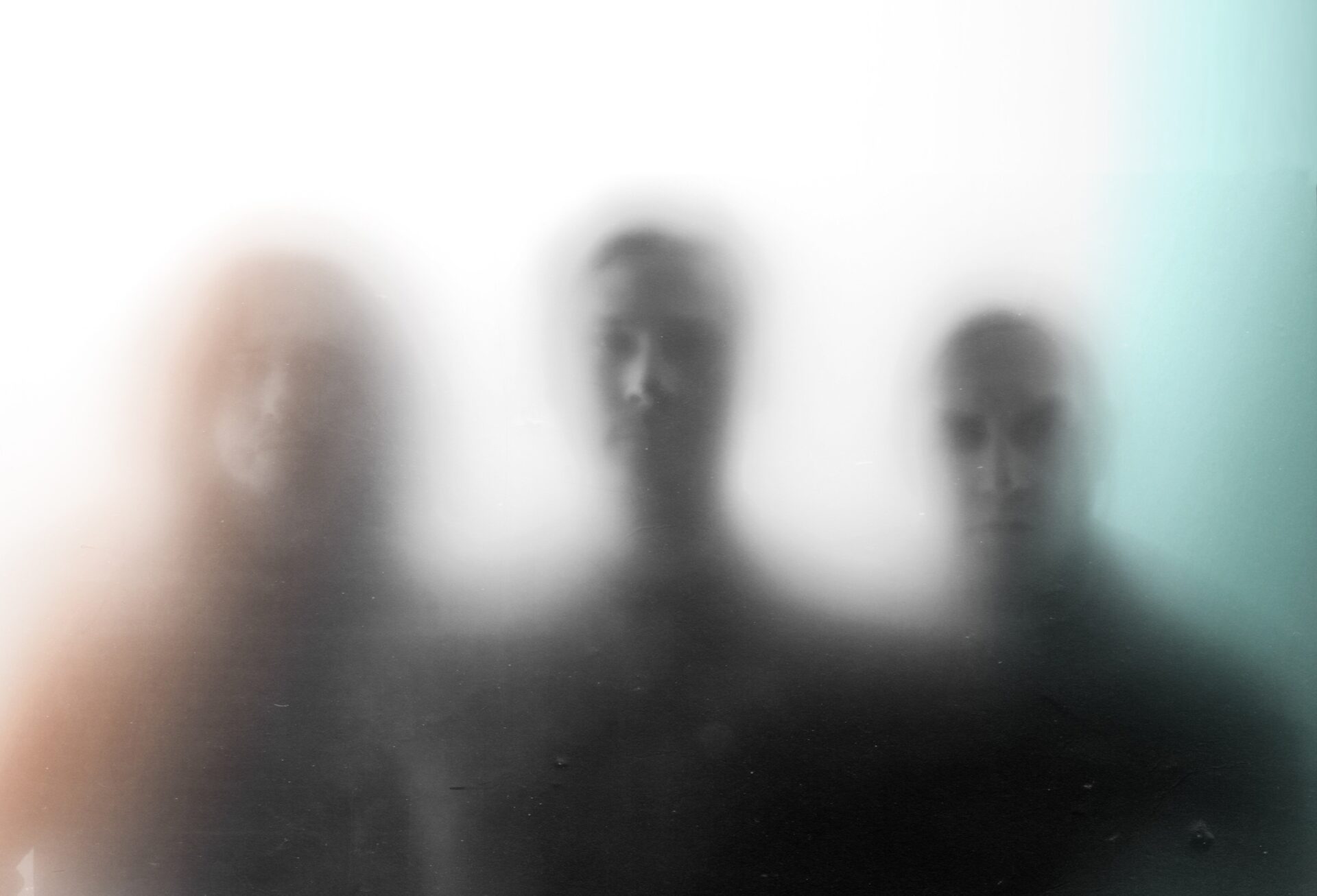If you told me Phoenix Forgotten had literally been forgotten on the shelf of some production studio for the better part of a decade before being pushed to theaters in 2017 I would not hesitate to believe you. The directorial debut of Justin Barber, who co-wrote the script with T.S. Nowlin, this hodge podge of found footage and true crime tropes is the worst film to be released so far this year by a desolate country mile. It’s so bad, in fact, I dare say it may mark the end of found footage in cinemas for the foreseeable future.
Inspired by an as of yet unexplained phenomena where a series of lights briefly occurred over the city of Phoenix in 1997, Phoenix Forgotten tells the fictional story of three teenagers who went searching for the lights and were never seen again. Searching for answers is the sister of one teen, whose journey to find answers serves as a framing device for the film. She is making a documentary of her own, and in between tapes from her brother’s old camcorder she interviews people connected to the case.
I imagine the pitch meeting for Phoenix Forgotten involved a lot of references to the current popularity of true crime stories like Making A Murderer and Amanda Knox because that appear to be the tone and pace Barber was going for with this film. Viewers follows Sophie (Florence Hartigan) as she interviews the parents of the missing, as well as any members of law enforcement who will speak on film. Everyone tells her what she already knows, with cutaways to moments and footage referenced by the talking heads. It’s an admirable effort at faux-realism, but the performances are so static you start to wonder if part of the reason for using talking heads so heavily was to allow for cue cards on set.
As for the footage of the three, Phoenix Forgotten has nothing to show that viewed of found footage films have not already seen in every other bad genre film released in the last decade. We see the teens joking about how hot one another’s mothers, young love, and far too many shaky shots of the ground to count. It doesn’t help that Phoenix is not particularly a visually captivating place, or at least it does not appear to be here as the dated look of the tapes makes everything feel bland and empty.
The big mystery that lies at the center of Phoenix Forgotten is what happened between the time when the last tape ends and when the group’s car was first discovered by police. This, again, will be a familiar plot device for fans of the found footage genre. Anyone who has ever seen a film that uses tapes made by another person to propel the plot forward knows there is always another tape. There is always something more to see that, while grainy and – more often than not – shot in night vision, captures something you cannot believe is real. The same thing has happened in countless other recent genre films, including Apollo 18 and As Above, So Below. There is always one tape we weren’t supposed to see and this, like all the rest, is not really worth seeing anyways.
Phoenix Forgotten is the kind of movie where the one thing the characters read aloud in the one bit of research they appear to do turns out to be the exact thing the audience needs in order to understand the underwhelming final moments. To their credit, Barber and Nowlin do put utilize one biblical story that has rarely been brought life on screen, but it’s handled so poorly that the big reveal is painfully underwhelming. If no other films attempt to leverage the same story because it’s done here it will be a loss for sci-fi fans everywhere. In fact, if anyone abstains from trying to make a film of their own because this exists we will all be worse off. There isn’t anything here that cannot be duplicated by amateurs messing around in their free time, which – if anything – should inspire someone or some group to make a film that is better than what is presented here. It won’t be difficult.













